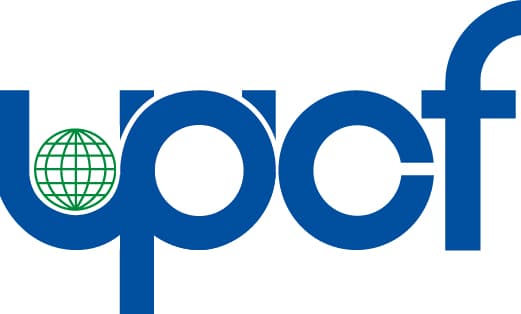Several members of the World Print & Communication Forum (WPCF) warn that the current paper shortages will have severe repercussions in the supply of print products for all economic markets and endangers the rebound of the graphic industry after the pandemic.
The World Print & Communication Forum is a federation of printing associations all over the world and a number of them point to current supply problems; these countries include Australia, Europe, India, Japan, Nepal, South Africa, South Korea, Sri Lanka and the United States of America.
The graphic industry supports all economic activities with their products, be it for information, news, entertainment, education, advertising or packaging. Print plays a huge role in everyday life – so much so that it is frequently overlooked. Our sector supplies the packaging for goods at the supermarket, the books, newspapers and magazines we read as well as the boxes our digitally ordered food, clothing, gadgets and much more are packaged in.
While during the past two years graphic products have clearly witnessed a decline, demand is now almost back to pre-pandemic levels in most countries. In 2020 customers were forced to reduce print advertising and many switched to electronic means for their communication. In mid-2021, this market has come back to print, but customers are now facing surging prices and uncertainty about the supply of paper and board.
The ongoing strike in some Nordic paper mills aggravates the situation not only in Europe, but also in other countries such as the US. The stocks of printing companies will not last until the strike has been settled and printers will be forced to announce to their customers their incapacity to fulfil the orders. The inability to print will cause large financial losses not only to the printing company, but also to the final customer. This will entail foreseeable shortages of many printed consumer goods and some products including food and medical supplies that cannot be put on the market due to a lack of packaging.
Tensions on all markets are increasing with the war in the Ukraine and will cause additional supply problems to produce forest-based products that source their wood or pulp from Russia or the Ukraine.
Voices from the industry
Kamal Chopra, President of WPCF and Chairman International Relations of the All India Federation of Master Printers states: “During the past two years, printed products have witnessed a decline, but now demand is rebounding to pre-pandemic levels. Now customers are facing surging prices and uncertainty about the supply of paper and board. Industry leaders are saying there will be further paper price increases in the near future and the printers’ costs will quadruple. And even if you are willing to pay the price, there is a shortage of paper. It seems either mills have stopped its production or emphasised on exporting their production, thus there is a scarcity of paper. The print community is watching helplessly since even the government is not forthcoming despite the fact that paper is declared as an essential commodity under The Essential Commodities Act.”
Ford Bowers Director Printing United Alliance warns: “Print as an industry is uniquely threatened by the supply chain issues that are roiling economies around the world, especially as it relates to paper shortages. This creates a ripple effect as lack of paper products, marketing materials, packaging, and other necessities of business creates a drag on recovery in many different markets. Print is one of the essential requirements for business transactions at all levels of delivery for virtually all goods and services. A concerted effort to alleviate these issues will serve the broader economic recovery.”
Mr Peter Decker, President of the Sri Lanka Association of Printers reports: “The industry sources say the country is now faced with a severe shortage of printing material and packaging material. Further this situation has severely affected the large and small printers in Sri Lanka. Most printers have even scaled down their operations due to a lack of availability of raw material and the shortage of raw material has really affected the industry.”
Abdool Mahomed from the Printing Industries Federation of South Africa warns: “The major concern is that due to massive price increases and shortages of supply, users of print may be forced to accelerate communications to digital platforms. If this happens, this could possibly lead to a decline in the need to print. This impacts on job losses, as some companies contemplate downsizing or even closures – a toxic mix that has to be addressed sooner rather than later.”
Walter Kuhn, President of the Print and Visual Communication Association of Australia states: “The Print & Visual communication sector is reliant on its raw materials for its existence and as such the impacts from the strikes and unrest within Europe will have a flow on effect for us, this said the Australian paper manufactures and importers have taken steps to secure sufficient stocks to ensure the continued viability of the industry. The greater issue is the constant price increase which can have the effect of driving consumers away from print communication to the alternative digital communication.”
Beatrice Klose, Secretary General of WPCF states: “Print is an essential and important part of our daily life. Many citizens rely on printed information. Apart from being a large sector of our own, our industry and our products support citizens, culture and all other economic branches in one way or the other. This support is endangered by the current tensions in the supply chain.”
Beatrice Klose, Secretary General of WPCF states: “Print is an essential and important part of our daily life. Many citizens rely on printed information. Apart from being a large sector of our own, our industry and our products support citizens, culture and all other economic branches in one way or the other. This support is endangered by the current tensions in the supply chain.”
